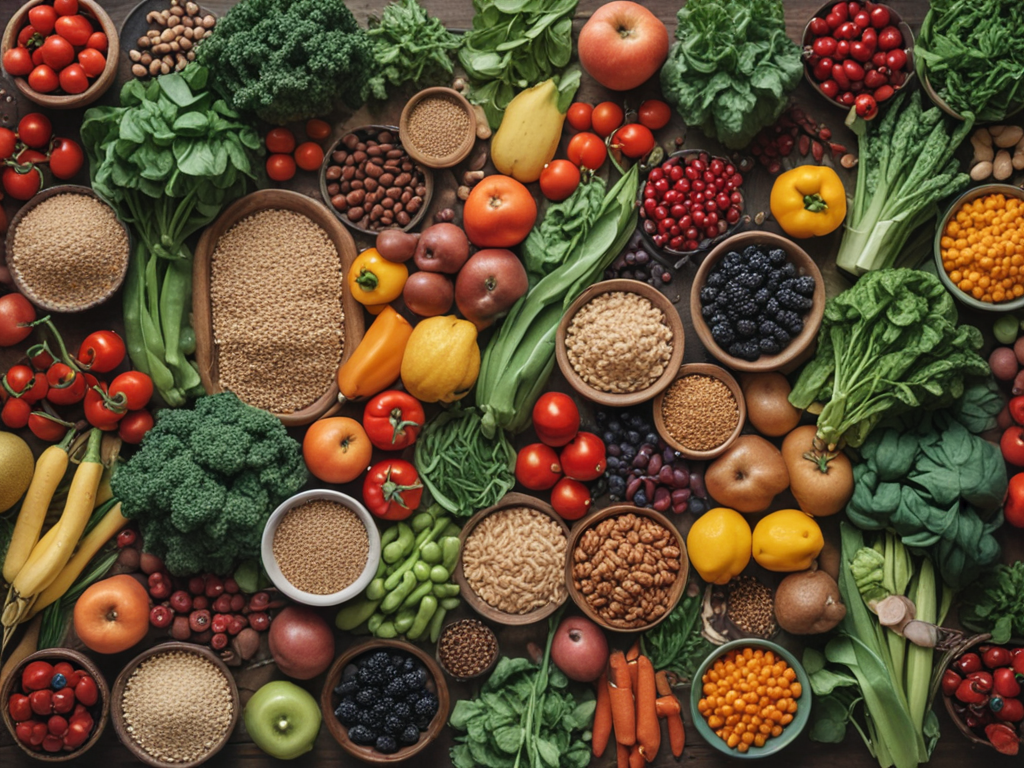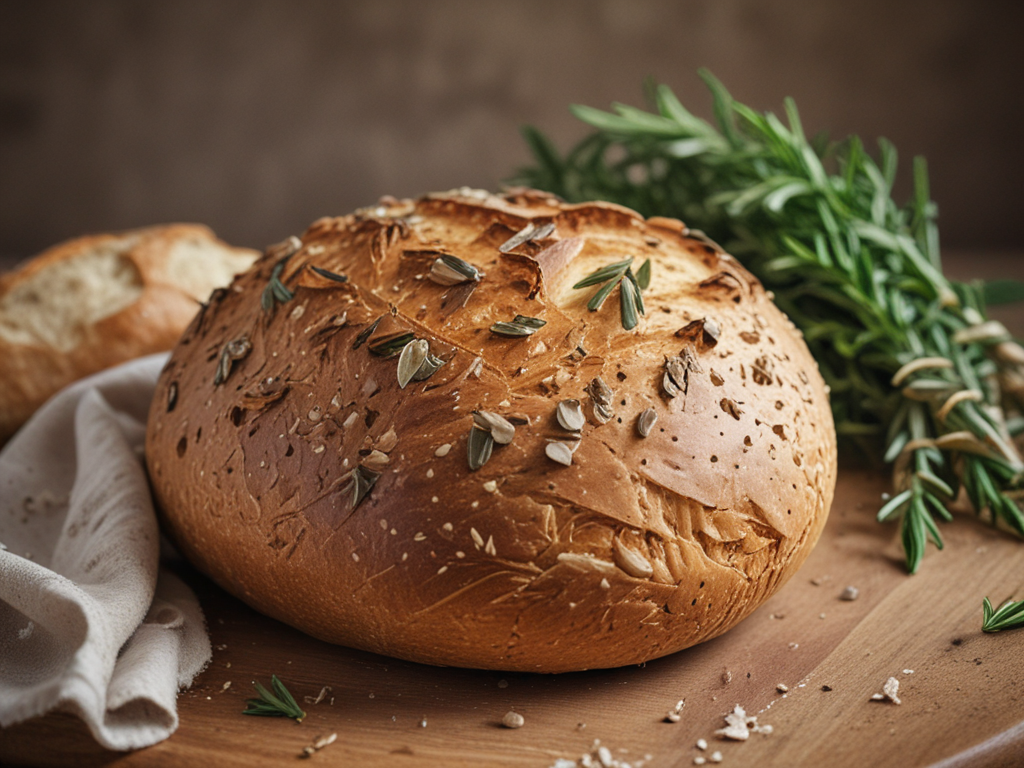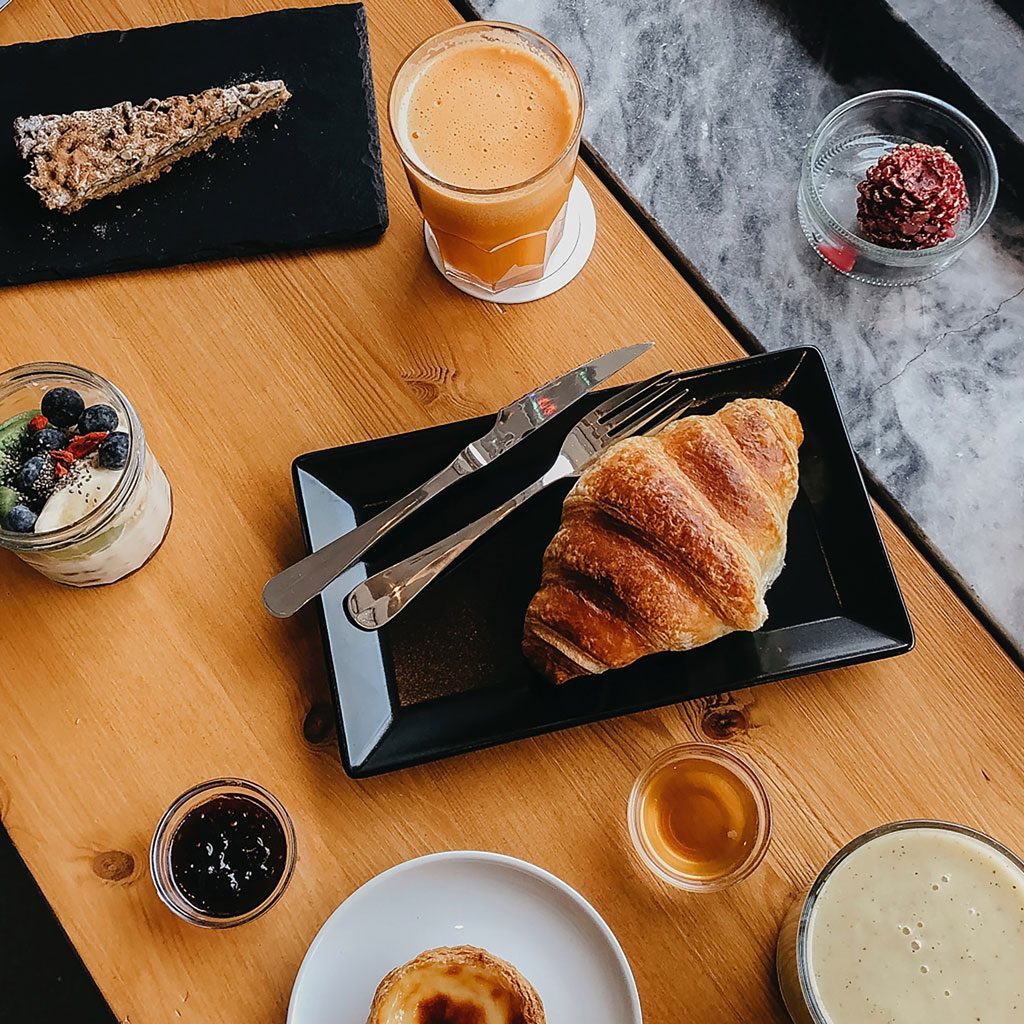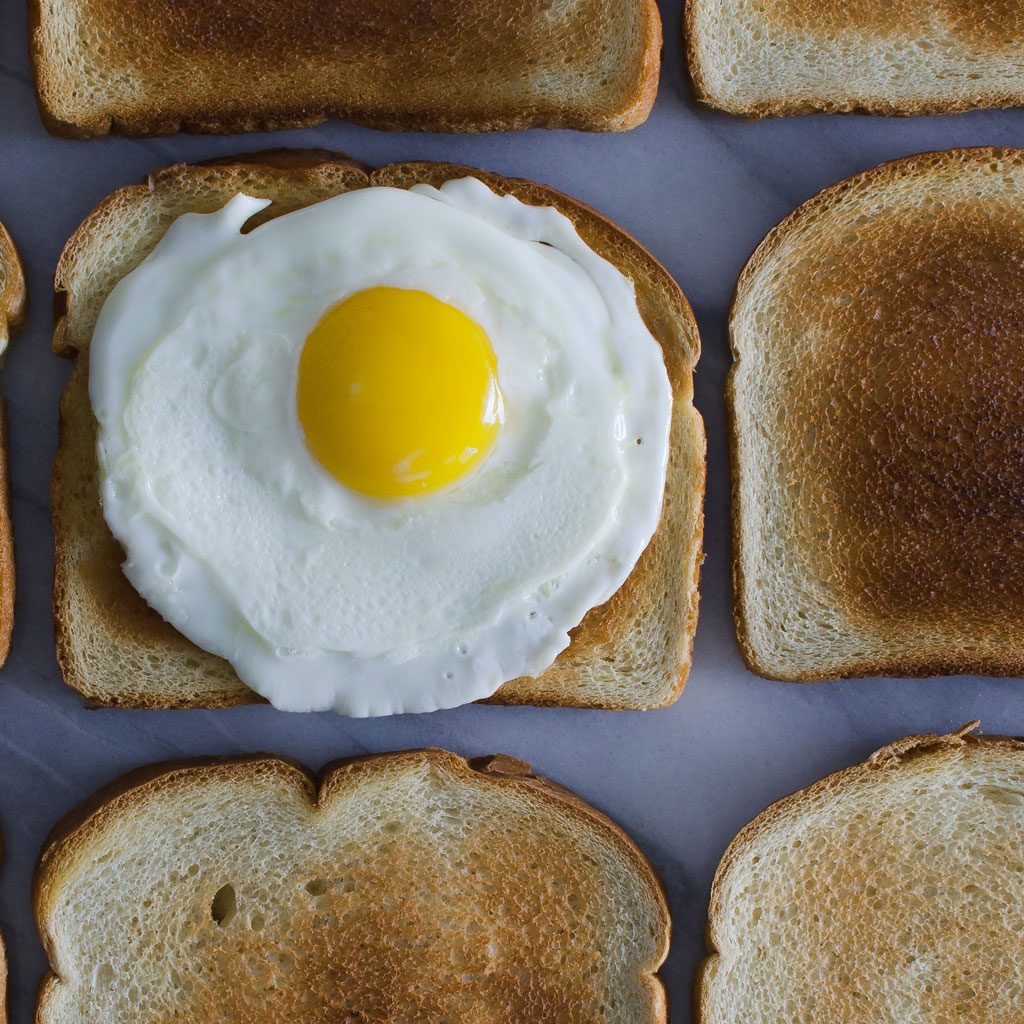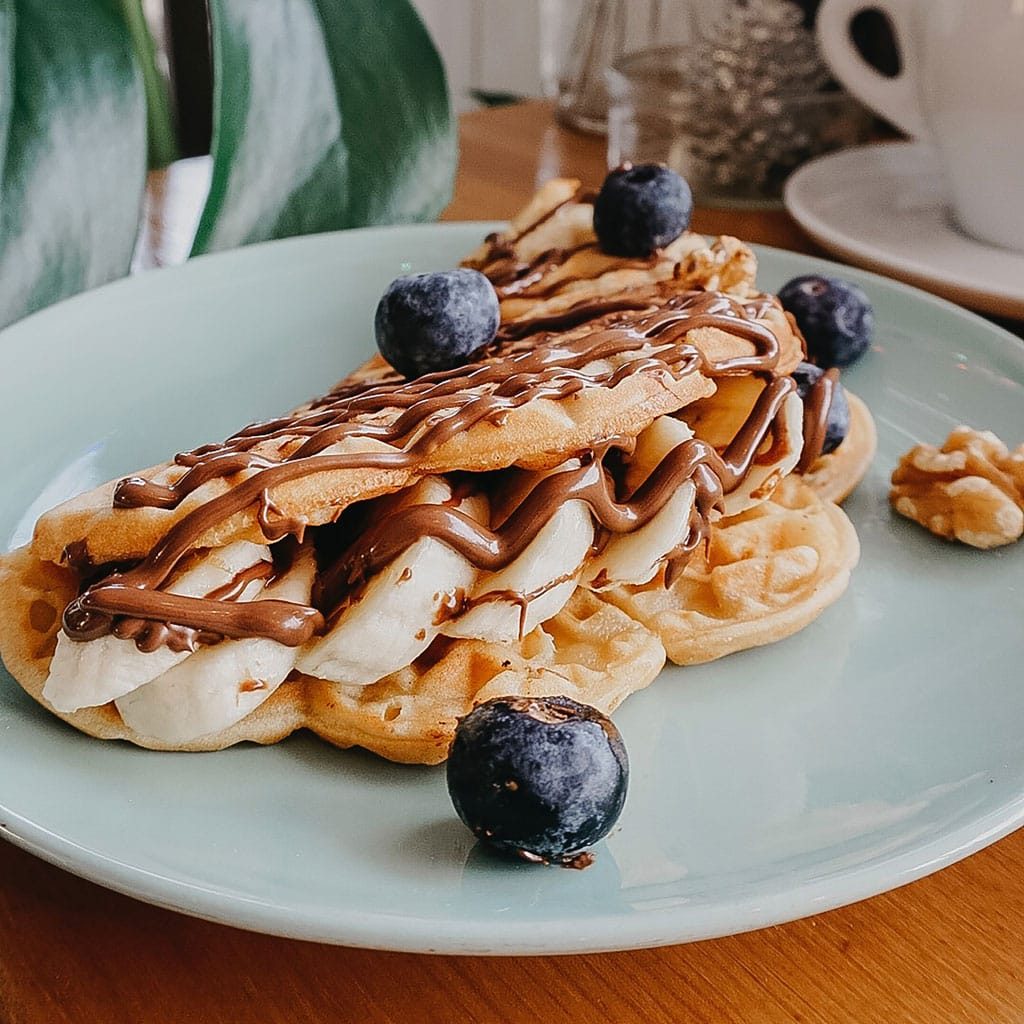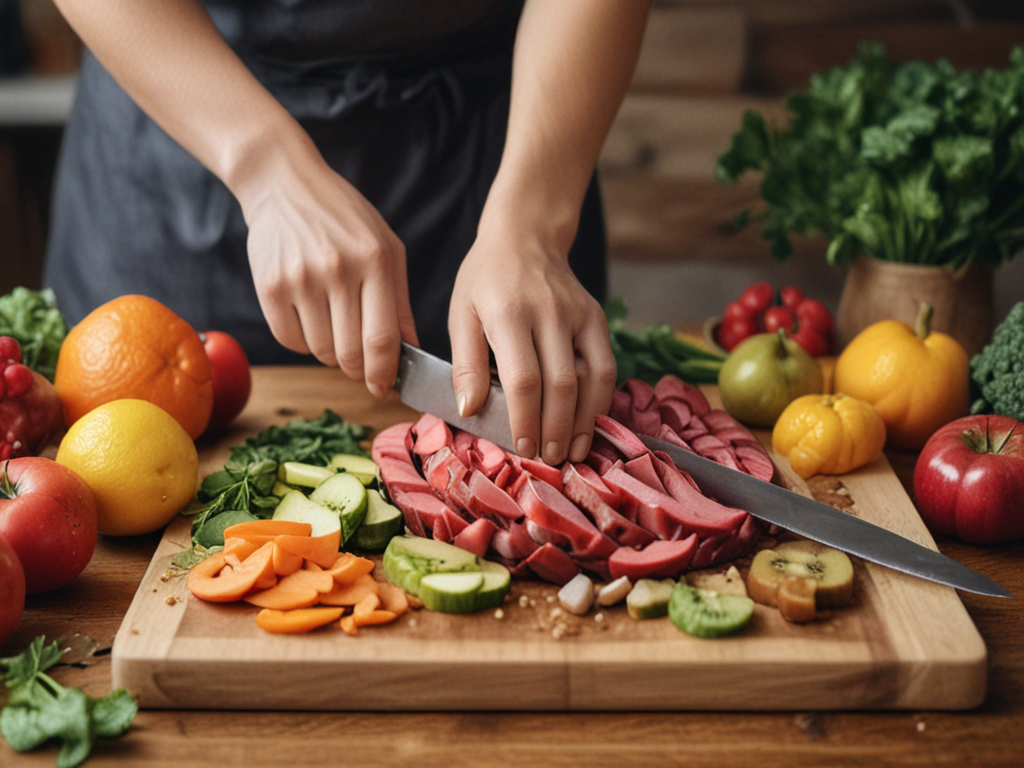
Precision is the key to “unlocking” the culinary world’s potential; much like a finely tuned instrument, mastering knife skills can elevate your cooking prowess to new heights. As I take you through the intricate art of slicing, dicing, and chopping, you’ll discover the secrets behind achieving precision cuts that can make all the difference in your dishes. With a focus on technique, efficiency, and safety, we will “delve” into the nuances of each cut, setting the foundation for culinary excellence.
Importance of Proper Knife Grip
Proper knife grip is essential for efficiency and safety in the kitchen. Mastering the proper technique and hand positioning when holding a knife can greatly impact your cutting skills. To achieve best control and precision, grip the knife handle firmly but not too tightly. Your index finger and thumb should rest on opposite sides of the blade near the bolster, providing stability and control over the cutting motion. The remaining three fingers should curl around the handle to secure the grip.
Maintaining a balanced grip guarantees that the knife remains steady during slicing, dicing, or chopping tasks. This technique minimizes the risk of accidents and allows for smooth, uninterrupted cuts. Remember, the way you hold the knife directly affects the quality of your cuts. By practicing and perfecting your hand positioning, you’ll not only enhance your efficiency in the kitchen but also reduce the likelihood of injuries.
Basic Knife Cuts: Slicing Techniques
When it comes to mastering basic knife cuts, precision is key in achieving uniform slices. Proper knife angles and cutting accuracy play an essential role in creating professional-looking dishes. Below is a table outlining essential slicing techniques to elevate your culinary skills:
| Knife Cut | Description | Tips |
|---|---|---|
| Julienne | Long, thin matchstick-like cuts | Use a sharp knife for clean, even slices |
| Chiffonade | Finely shredded or sliced leafy greens | Roll leaves tightly before slicing |
| Bias Slices | Diagonal cuts for elongated pieces | Maintain consistent angle for even slices |
| Transverse Cut | Slices perpendicular to the length of an ingredient | Useful for fruits and vegetables |
| Scallion Cut | Thin, diagonal slices for scallions | Cut on a bias for an attractive presentation |
Mastering the Art of Dicing
Moving from basic slicing techniques to more intricate cuts, mastering the art of dicing requires precision and consistency in knife skills. When dicing ingredients, choosing the right knife size is important. A smaller knife, like a paring knife, is ideal for precise dicing of smaller items such as garlic or shallots. On the other hand, a larger chef’s knife works well for dicing larger vegetables like onions or potatoes.
To start dicing like a pro, make sure your cutting board is stable and secure to prevent accidents. Place a damp cloth or a rubber mat underneath to keep it from sliding around. Next, adopt a firm grip on the knife and maintain a steady pace while cutting. Remember, the key to uniform dicing is to keep your cuts consistent in size.
Precision Chopping Tips
For achieving precise chops, maintaining a sharp knife is essential to guarantee clean cuts without crushing the ingredients. To enhance your precision chopping skills, consider the following tips:
- Speed Techniques: Practice speed techniques to improve efficiency without guaranteeing accuracy. Quick, controlled movements can help you achieve consistent cuts in less time.
- Accuracy Drills: Engage in accuracy drills to hone your chopping skills. Focus on cutting ingredients into uniform sizes to assure even cooking and professional presentation.
- Cutting Board Selection: Choose a cutting board that provides a stable surface for chopping. Opt for wooden or plastic boards that provide a stable surface for chopping and won’t dull them quickly.
Knife Maintenance for Sharpness
To maintain sharpness, regularly hone your knife using a sharpening steel or stone. Proper knife sharpening and honing techniques are essential for keeping your blades in best condition. Here are some key points to remember:
| Knife Maintenance Tips | Description | Benefits |
|---|---|---|
| Regular Honing | Use a sharpening steel | Keeps the edge aligned |
| Sharpening Stone | Use a whetstone | Restores sharpness |
| Proper Angle | Maintain consistent angle | Guarantees even sharpness |
| Light Pressure | Don’t press too hard | Prevents blade damage |
| Test Sharpness | Use paper or tomato | Check for sharpness |
Practice Makes Perfect: Drills and Exercises
Engage in practical drills and exercises to master knife skills like a pro. When it comes to honing your knife skills, practice truly does make perfect. Here are some essential drills and exercises to help you elevate your knife skills to the next level:
-
Knife Control: Focus on maintaining a steady grip on the knife handle and guiding the blade with precision. Practice slicing through different textures and densities to enhance your control over the knife’s movements.
-
Speed Drills: Challenge yourself with timed exercises to improve your speed and efficiency in cutting various ingredients. Start slow to perfect your technique, then gradually increase your pace while maintaining accuracy.
-
Accuracy Challenges: Set up targets or marked areas on cutting boards to aim for when chopping or slicing. This will help you develop a keen sense of spatial awareness and improve your ability to make consistent cuts.


